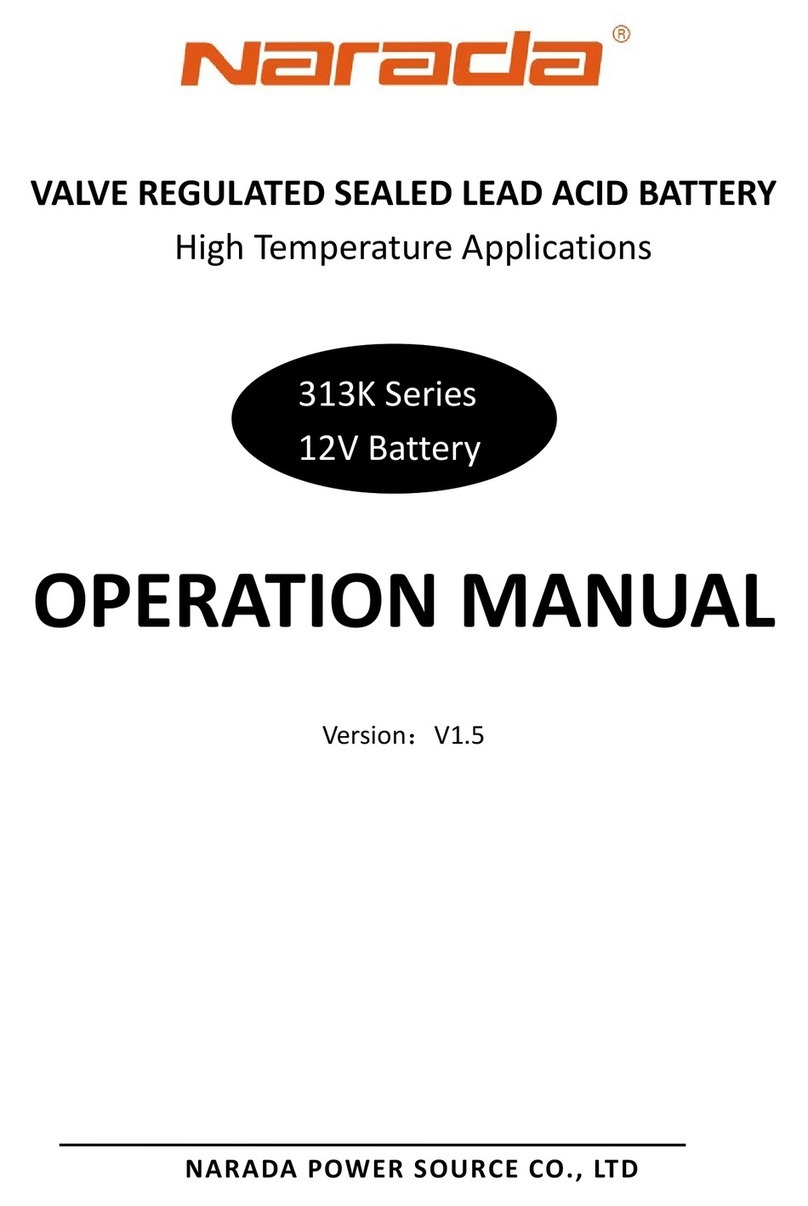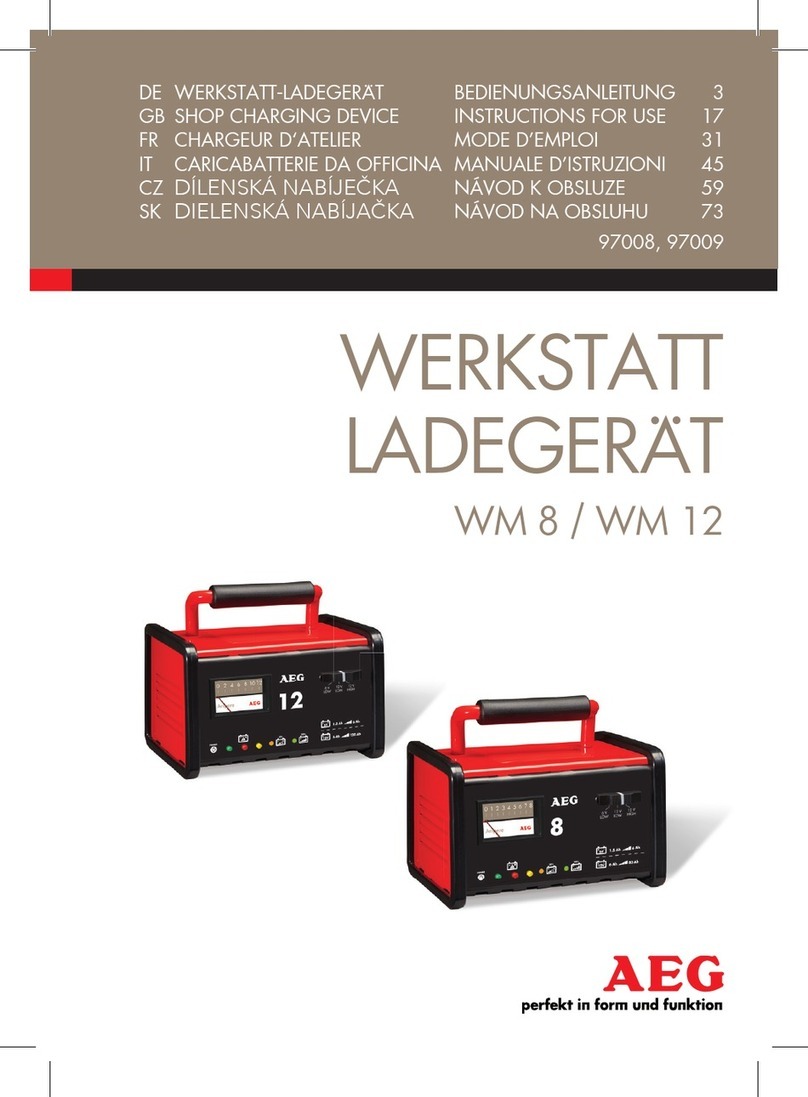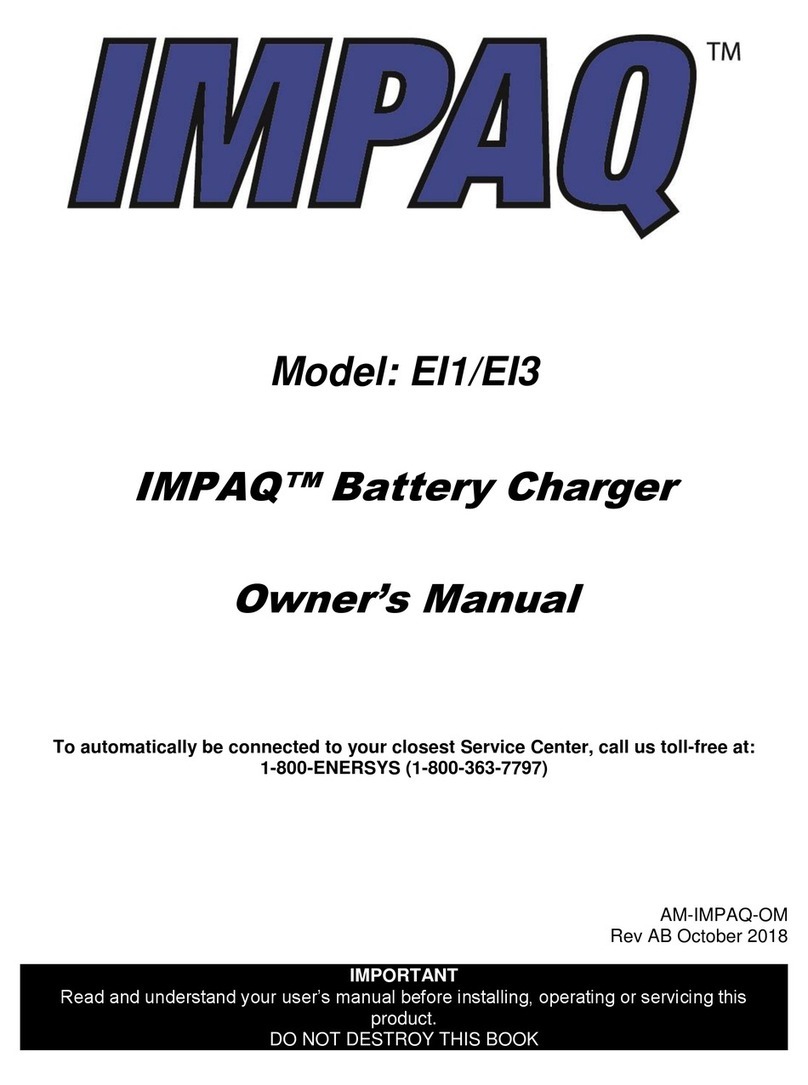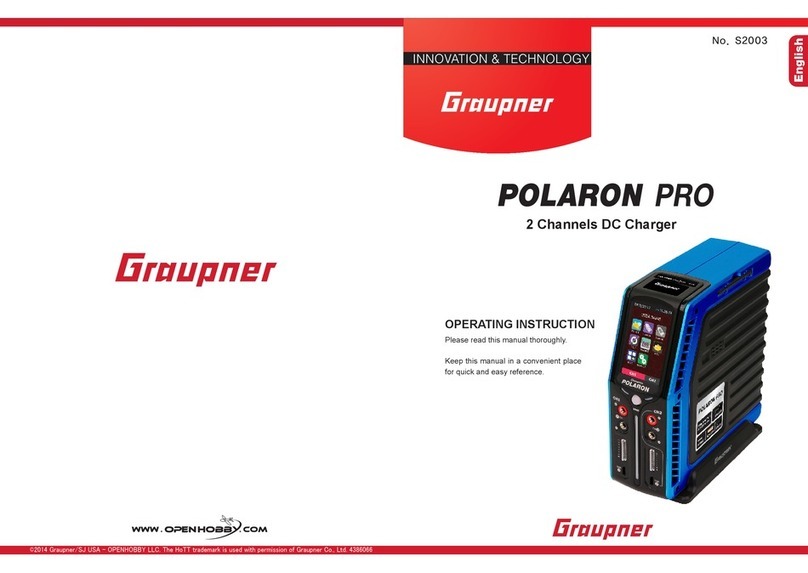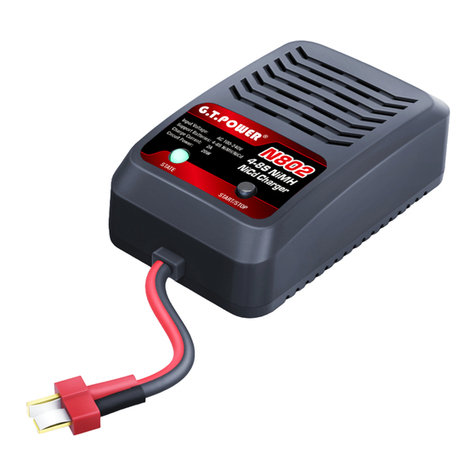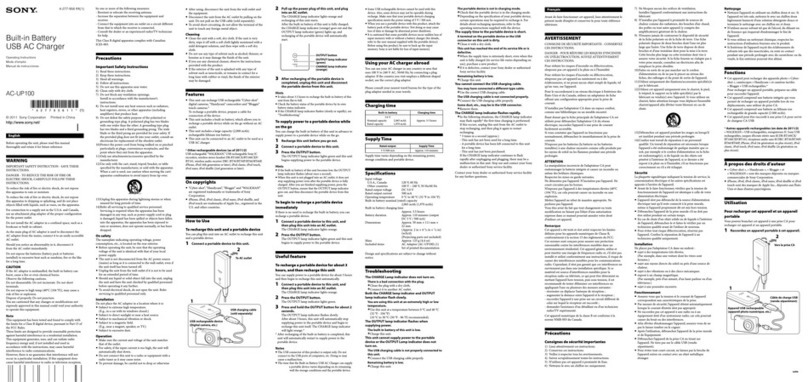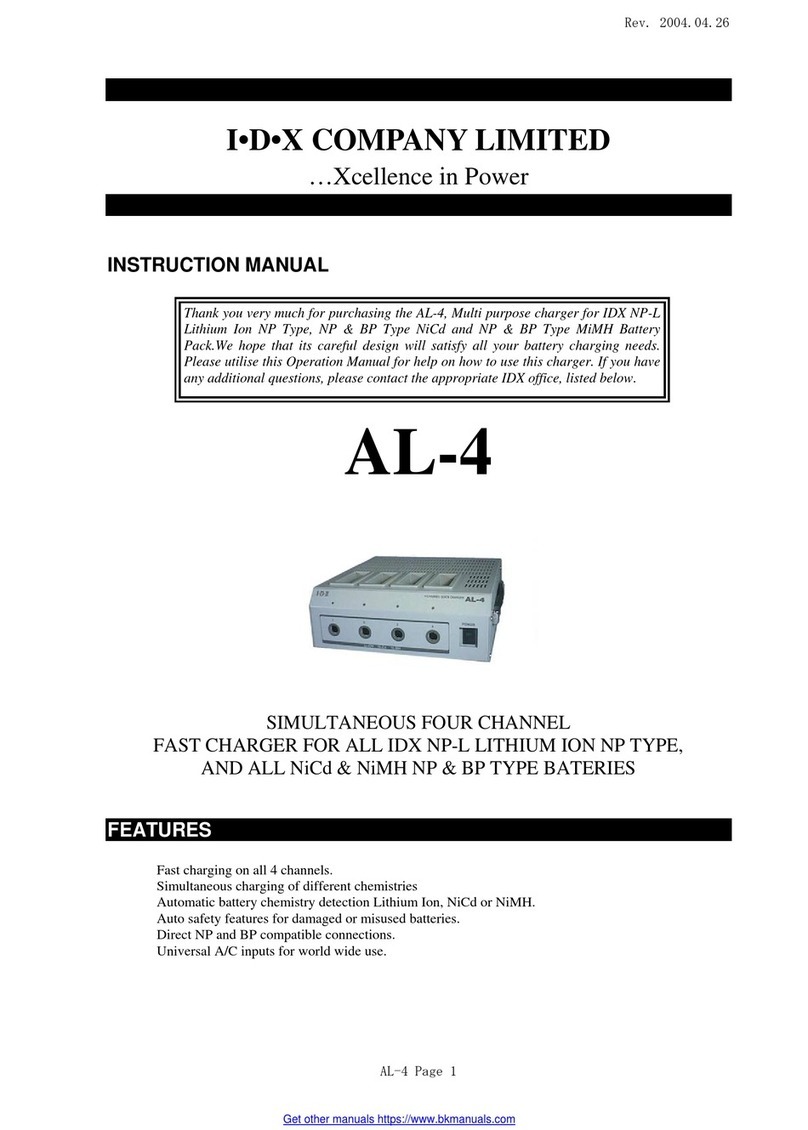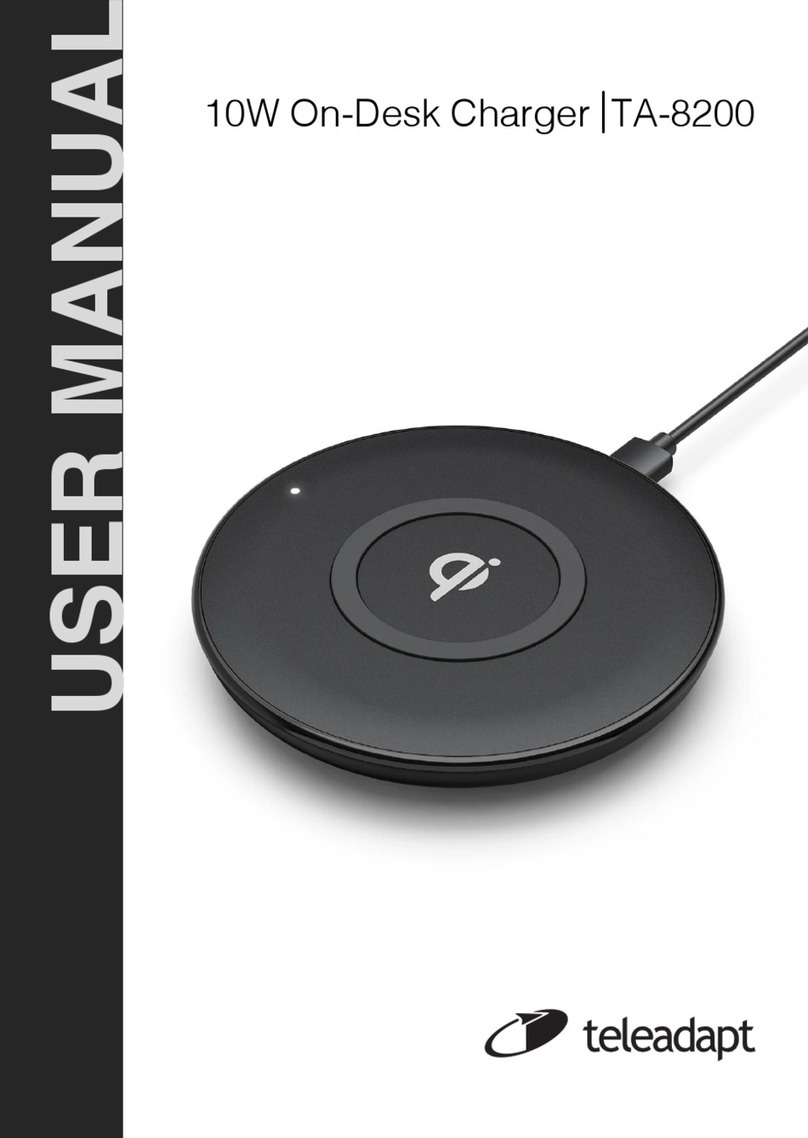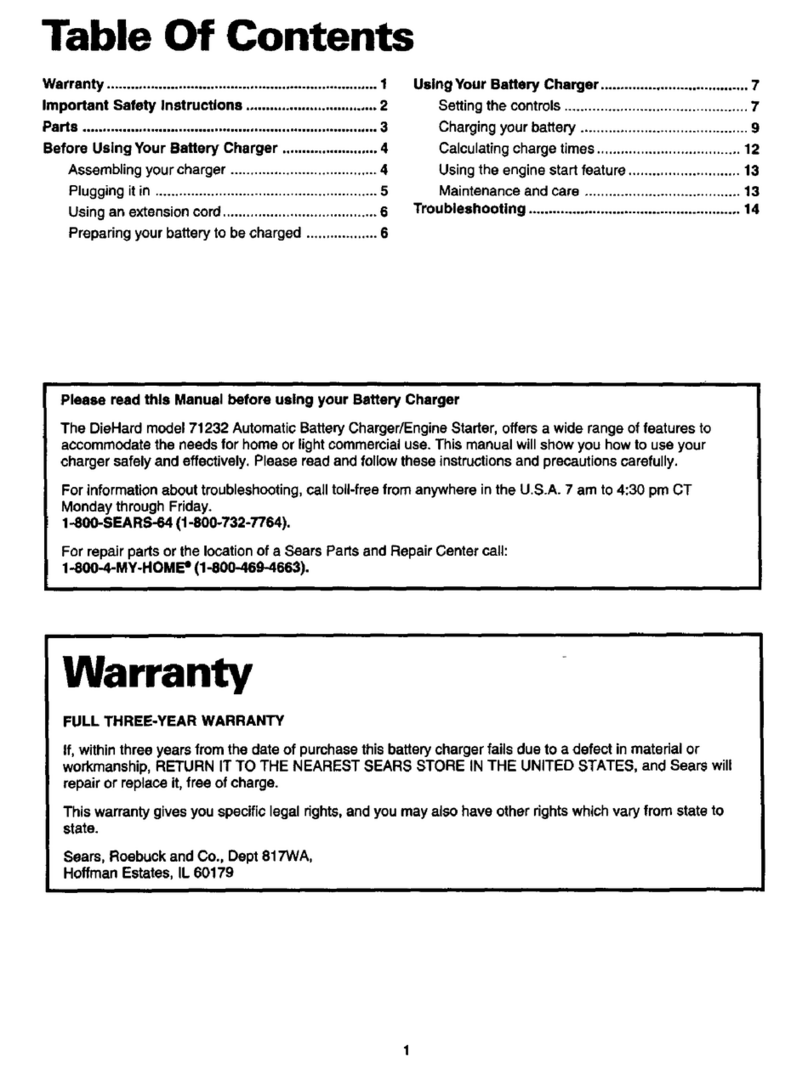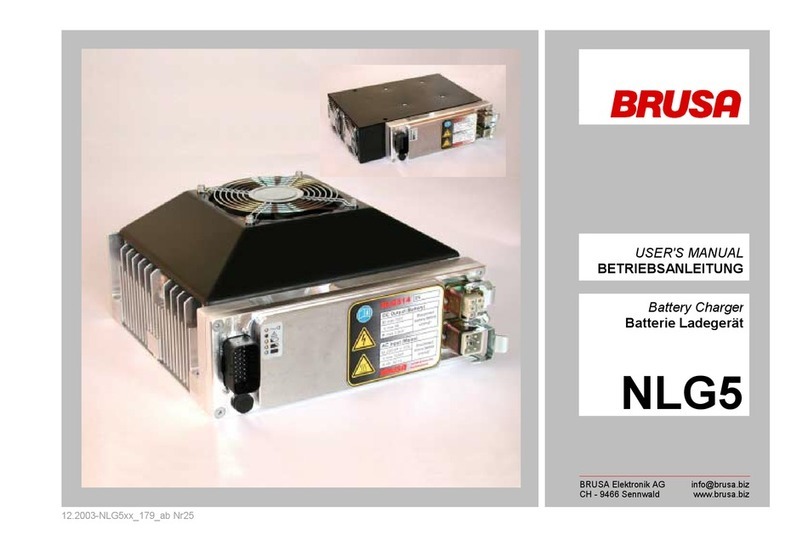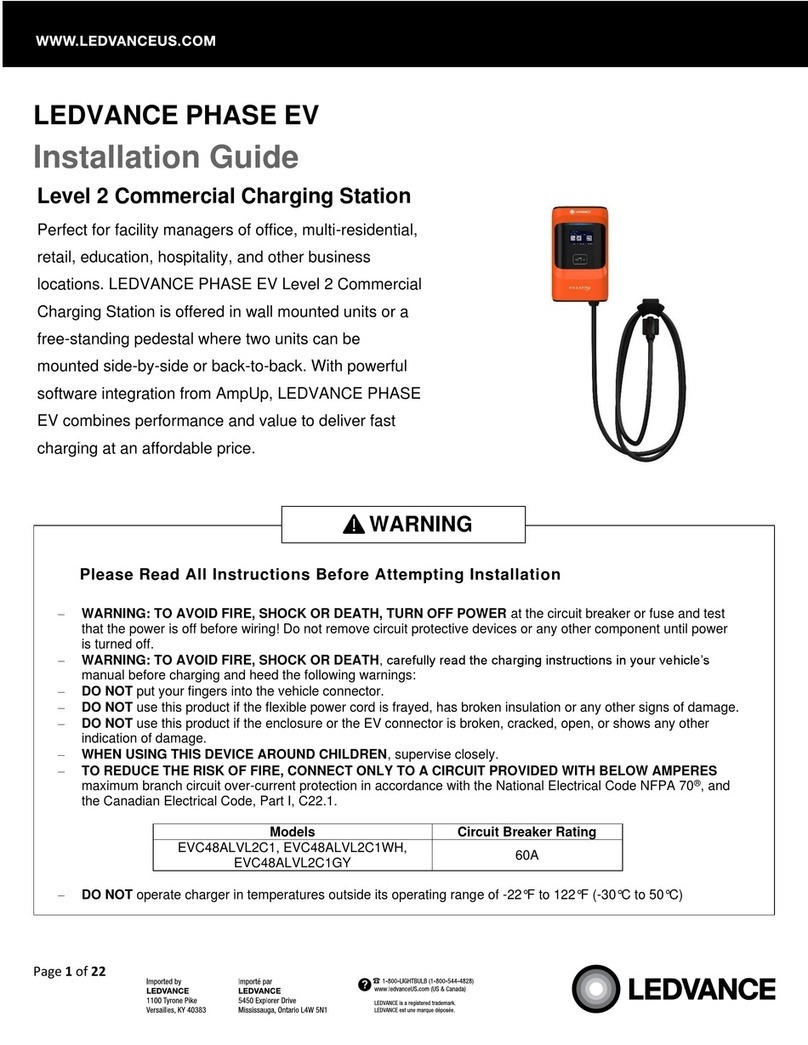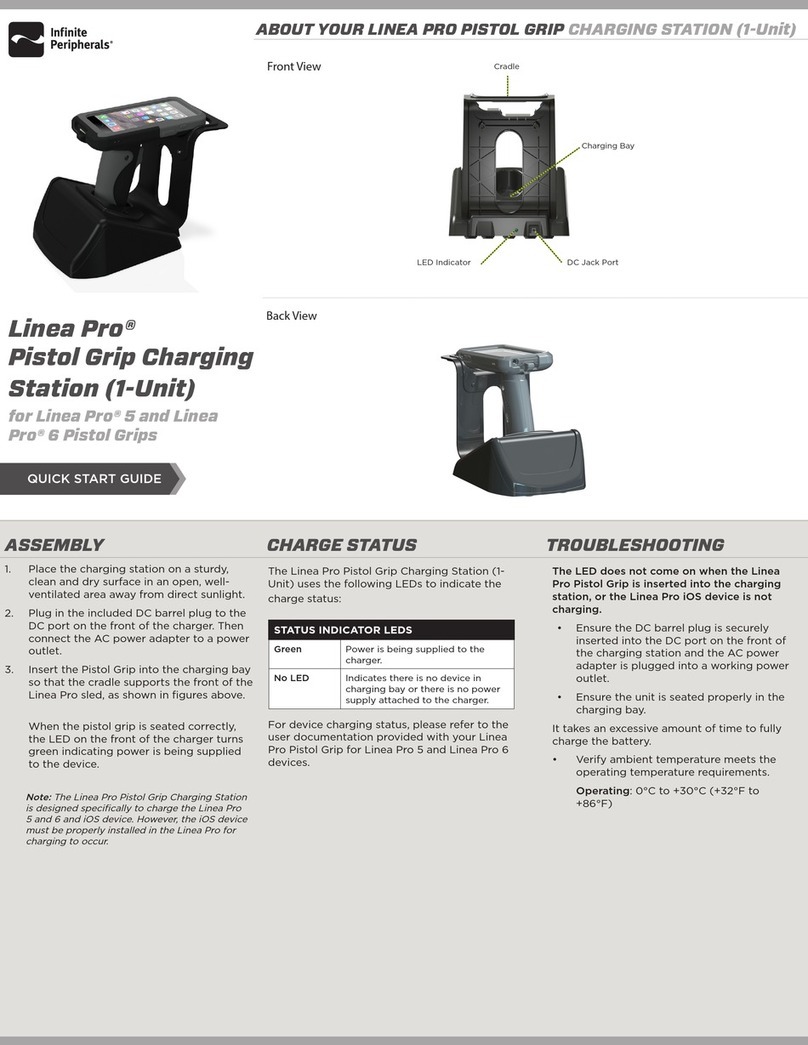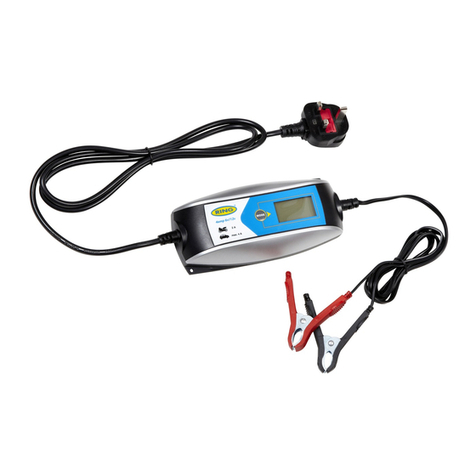Tranya WC10 User manual

Please Read Before Use
Wireless Pad x 1
User Manual x 1
SIZE
WEIGHT 30g
70mm x 70mm*10mm
Mini USB Cable x 1
INPUT
OUTPUT
≤8mm
DC 5 V/1A , 5W
DC 5 V , 1.2 A
TRANSMISSION
DISTANCE
FREQUENCY
User Manual •WIRELESS MINI
PAD
Mini USB Port
Non - Slip Pads
LED Indicator
Package Contents
Charge your Qi wireless compatible devices
without the use of cables. Simply place your phone
on top of the wireless pad and enjoy an easy
charge. Our Qi wireless charger will work with any
Qi/Wireless enabled devices; simply plug the
included Micro-USB cable into the pad and you’re
ready to go!
Using Your Wireless Pad
Note: All devices must
be QI compatible
1. Insert one end of USB charging cable
into CERTIFIED adapter or computer.
2. Insert the other end of the USB cable
into the wireless pad.
3. A small red LED will light up once the
pad has been plugged in
4. Place your phone on the centre of the charging
pad. When the phone is connected and being
charged, the LED indicator will light up Blue to
indicate charging has started.
5. Just remove the phone from the pad to
end charging.
Important Safety Information
3.
items, water, rain, damp places, high voltage
devices and corrosive materials. .
4. Ensure product is not covered by anything
that could stop the heat from dissipating from
the device.
Wireless Charging Pad
115K-205KHZ
1. Please avoid dropping, hitting, crushing,
throwing, immersing or puncturing the
product.
2. Do not disassemble the product.

5. For safe and fast charging, use original
12. Please keep the wireless pad away from
children and ensure all persons who use the
pad read and follow the correct instruction.
13. We do not recommend using the wireless
pads with in car chargers.
6. The maximum ambient temperature during
use of the product must not exceed 40°C.
7. Please keep the wireless pad away from direct
sunlight, extreme heat or cold.
8.
placed on the pad.
9. To clean your pad, unplug the pad and use
a dry brush or cloth.
10. While charging and after charging, the pad
and product may be warm. This is normal.
11. Please stop using the wireless pad
immediately if it is damaged, emits a
smell or becomes abnormally hot.
How do I know if my pad is ready to charge
and charging?
•The LED indicator of the pad blinks shortly and
lights up red when connected to power,
charging standby.
•When the phone is connected and charging, the
LED indicator blinks blue, and will keep light on
blue when fully charged.
•When comes to Foreign Body Detection, the blue
light keeps blinking.
What if my wireless pad isn’t charging my phone?
•Double check there is nothing obscuring the
connection between your phone and pad.
•Ensure the input voltage is within the
recommended allowance.
•Make sure your device is compatible with
QI wireless charging.
•Try removing your phones protective case.
How can I double check the voltage information
for my wireless pad?
•Refer to the user manual that comes with the
product and/or refer to information on the
packaging, and product itself.
Where should I use the wireless pad?
•We recommend placing the wireless pad down
device and allow for good circulation to prevent
overheating.
FAQ
FCC Warning
This device complies w it h part 15 of t he FCC Rules
. Oper at ion is subject t o t he f ollow ing t w o
condit ions:(1) This device may not cause harmf ul
int erf erence, and (2 ) t his device must accept any
int erf erence r eceived, including int er f erence t hat
may cause undesir ed operat ion.
Any Changes or modi?cat ions not expr essly
approved by t he par t y responsible f or compliance
could void t he user 's aut hor it y t o oper at e t he
equipment .
This equipment has been t est ed and f ound t o
comply w it h t he limit s f or a Class B digit al device,
pursuant t o part 15 of t he FCC Rules. These limit s
are designed t o provide reasonable pr ot ect ion
agains t har mf u l int erf er enc e in a r esident ial
inst allat ion.This equipment generat es uses and can
radiat e radio f requency energy and, if not inst alled
and used in accordance w it h t he inst ruct ions, may
c ause har mf u l int er f er ence t o r adio
communicat ions.
How ever , t her e is no guar ant ee t hat int erf erence
w ill not occur in a part icular inst allat ion. If t his
equ ipment does cause har mf ul int erf er enc e t o
radio or t elevision recept ion, which can be
det er mined by t urning t he equipment o?and on,
t he user is encouraged t o t ry t o correct t he
int erf erence by one or mor e of t he f ollow ing
measures:
- Reorient or relocat e t he receiving ant enna.
- Increase t he separat ion bet w een t he equipment
and r eceiver.
- Connect t he equipment int o an out let on a
circuit di?erent from t hat t o w hich t he r eceiver is
connect ed.
- Consult t he dealer or an exper ienced radio/ TV
t echnician f or help.
FCC RF exposur e st at ement :
The equi pment compl i es wi t h FCC r adi at i on exposur e
l i mi t s s et f or t h f or an unc ont r ol l ed envi r onment .
Dur i ng t he oper at i on of devi ce a di s t ance of 15 cm
sur r oundi ng t he devi ce and 20 cm abov e t he t op
sur f ace of t he devi c e must be r espect ed.
